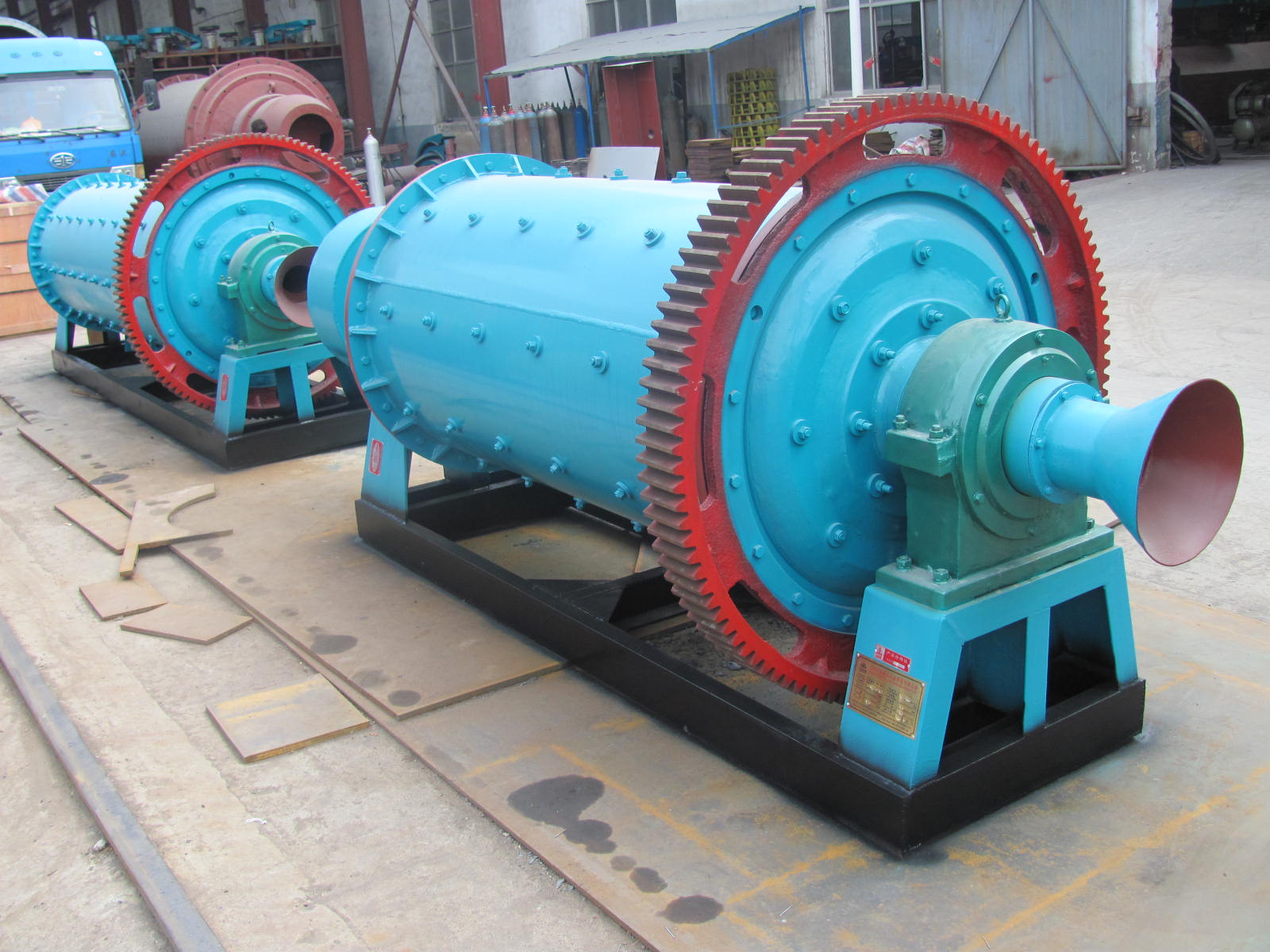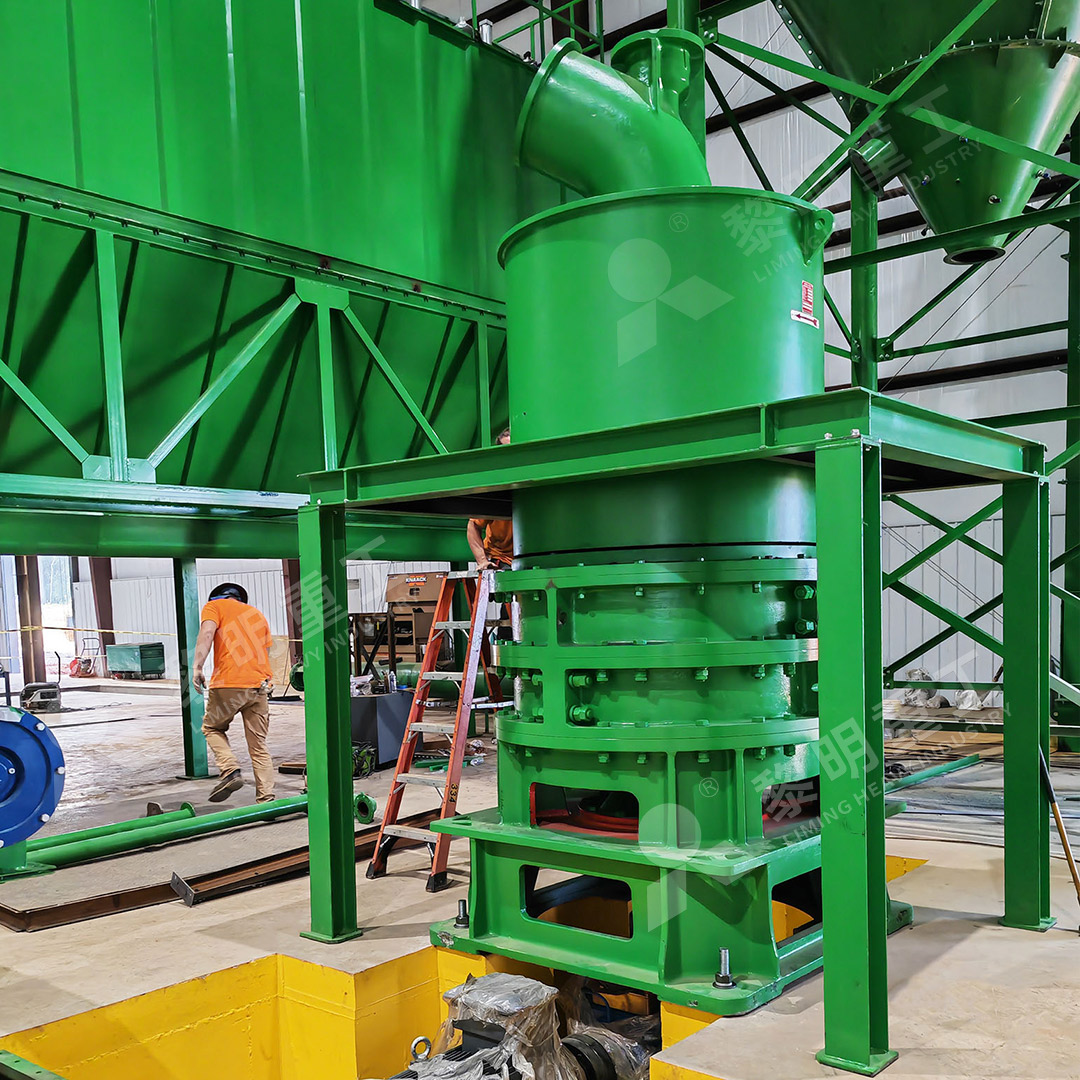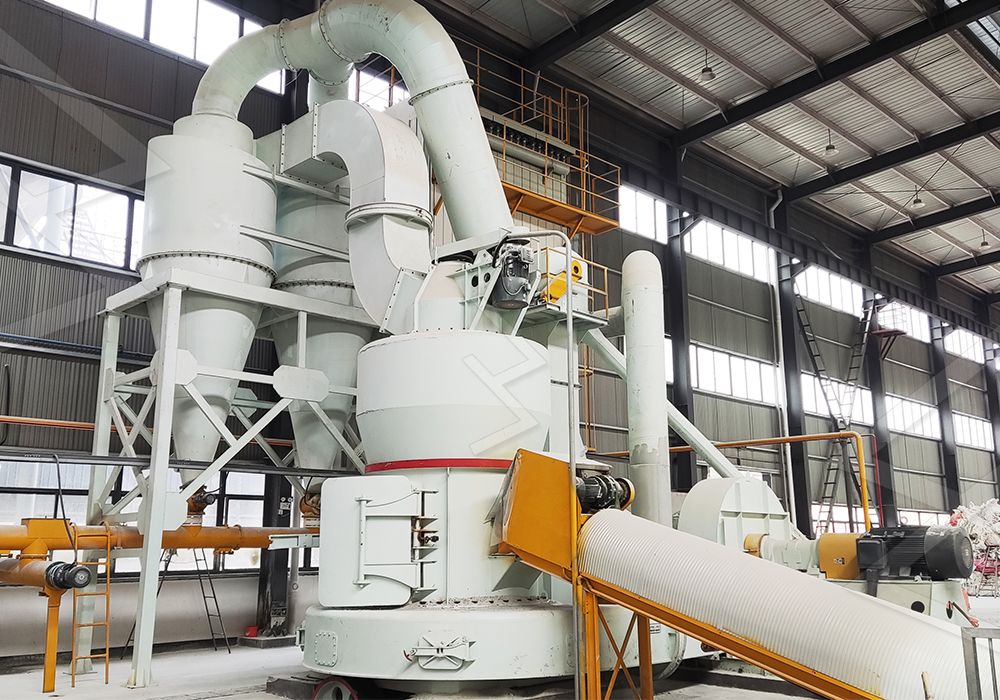Optimizing Grind Media Distribution in Ball Mills: A Practical Calculation Guide
Optimizing Grind Media Distribution in Ball Mills: A Practical Calculation Guide
For decades, the ball mill has been the workhorse of the grinding industry, a common used grinding plant for milling after materials are crushed. Its principle is elegantly simple: a horizontal rotating device where the centrifugal force caused by rotation brings steel balls to a certain height to impact and grind materials. Yet, achieving optimal efficiency within that rotating chamber is a complex science, often overlooked. The single most critical factor influencing throughput, product fineness, and energy consumption is the distribution and size of the grinding media itself. An incorrect load can lead to excessive liner wear, wasted power, and inconsistent product quality.
The Science Behind Media Load and Size
An underloaded mill lacks the necessary impact force for effective coarse crushing, while an overloaded mill cushions the blows, transforming potential grinding energy into useless heat and noise. The optimal ball charge typically occupies 25% to 45% of the mill’s internal volume. A foundational rule of thumb for initial sizing is that the required ball diameter is related to the cube root of the feed material size. For instance, larger feed particles require larger media for effective fracture.

Beyond the total volume, the gradation of ball sizes is paramount. A well-designed charge uses a mix of sizes: larger balls break down the big chunks, while smaller balls fill the interstitial spaces, efficiently grinding the finer particles and creating a more homogeneous product. A mill charged only with large balls will have poor overall grinding efficiency and may leave behind a significant amount of unground fines.
A Practical Approach to Calculation
While complex software models exist, a practical, hands-on approach often yields the best results. Start by auditing your current operation:
- Measure Power Draw: The mill’s motor power draw is a direct indicator of charge level. Compare your operating amperage against the motor’s nameplate rating and historical data. A significant deviation often signals a media issue.
- Screen Analysis: Regularly sample and screen the mill discharge. An excess of coarse material suggests a lack of large media or insufficient overall charge. An excess of ultra-fines can indicate ball sizes that are too small, leading to overgrinding.
- The Marked Ball Test: This is a classic, effective method. Introduce a number of balls marked with a unique paint or groove into a clean mill. After running for a sufficient time, stop the mill and empty it. The wear on these marked balls provides a direct measurement of wear rates and helps validate theoretical models.
Beyond the Ball Mill: Embracing Modern Grinding Technology
While optimizing a ball mill is crucial, it’s also important to recognize that newer technologies offer significant advantages in efficiency and control for specific applications, particularly in ultra-fine grinding. For operations requiring powders in the range of 325 to 2500 meshes, traditional ball mills can be energy-intensive and limited in precision.
For these demanding applications, our MW Ultrafine Grinding Mill presents a superior alternative. Engineered for customers who need to make ultra-fine powder, it operates on a different principle. The system’s cage-type powder selector, adopting German technologies, allows for precise adjustment of fineness between 325-2500 meshes, achieving a screening rate of d97≤5μm in a single pass. Critically, its higher yielding and lower energy consumption are standout features; it offers 40% higher capacity than jet mills and double the yield of a ball mill, while consuming only 30% of the energy of a jet mill. Its design, free from rolling bearings and screws in the grinding chamber, also eliminates common failure points, ensuring more stable, worry-free operation.

For operations focused on vertical grinding efficiency, our LUM Ultrafine Vertical Grinding Mill is another excellent solution. It integrates grinding, grading, and transporting with remarkable energy savings of 30%-50% compared to common mills. Its unique roller shell and lining plate grinding curve promote easier material layer formation and high-quality finished products. The reversible structure is a maintenance engineer’s dream, allowing grinding rollers to be easily moved out for inspection and part replacement, drastically reducing costly downtime.
Conclusion: A Blend of Art and Science
Optimizing your ball mill’s media distribution is not a one-time event but an ongoing process of measurement, analysis, and adjustment. It is a blend of established calculation and attentive observation. By mastering this practice, you can squeeze every bit of performance from your existing equipment. And when your product specs push into the ultra-fine range, considering a technological leap to specialized equipment like our MW or LUM mills can unlock new levels of efficiency, quality, and profitability for your operation.

